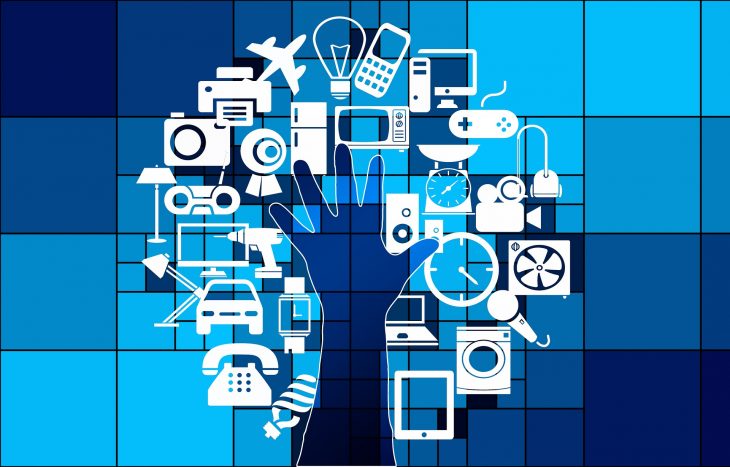The term “internet of things” (IoT) has been around for a while now, but when you try to nail down what that means, the term exhibits characteristics of a classic buzzword: It means different things to different people. There is a general sense of a myriad of internet-connected devices, but what these devices are and how they interact is not always well defined. In December 2017, Forbes magazine published a “2017 Roundup Of Internet Of Things Forecasts,” which teaches us two things: first, that the analyst and consulting community is all over the place when it comes to sizing the opportunity (anywhere from $250 billion to $14.2 trillion by 2020), and second, that most forecasts are extremely high level (generally global rather than regional or country based, and split by vertical industry), suggesting a high degree of modeling and not much concrete data. This creates a problem for companies trying to target investment dollars: How much revenue or cost savings can they expect, and from where?
Here at Mercator Advisory Group, we are primarily focused on payments, and we have begun to think through what the implications of IoT might be for the payments industry specifically. It is helpful to think of forecasts as incorporating two main elements: economic value that shifts from one sector to another, and economic value that is newly created. Economic growth is based on the latter element, value that is unlocked by a new technology. For example, advances in medical technology unlock value by making it possible to prolong life and create demand for new services, such as cancer treatments. This division of value is also helpful when thinking about the impact on payments: To what extent is IoT simply moving existing payment flows from one rail to another (for example, from credit card networks to the ACH network, in a zero-sum game), and to what extent is it actually creating new payments from nothing (everybody potentially benefits)? From the perspective of card issuers, it is easy to see why IoT is of concern. Whichever issuer gets its payment card token instantiated within the internet-connected device is going to get all of the volume, whether new or transferred. Most of these devices don’t have much of a user interface, so having assigned a card, the user is unlikely to switch cards unless a card expires or the account is closed.
Another way to think of IoT devices is as triggers, which generate new transactions, collectors, which gather data that can later be used to deliver value-added services, and channels, which can be used to deliver the value-added services themselves. For example, a smart speaker like the Amazon Echo is all three; it can be used to order things from Amazon (trigger), record the user’s music preferences (collector), and deliver value-added services, often for an added fee (channel). Other devices like a wireless home security camera are only one type (channel, for delivering remote monitoring of someone’s home). From a payments perspective, we are interested mainly in triggers, because these are what generate payment transactions.
Finally, we should consider what sort of payments are being generated by IoT devices. Despite what I said above about the importance of the token, most devices will not actually have payment credentials stored within them. For example, HP’s Instant Ink program allows your printer to “phone home” and order ink when its existing stock is running low, but it doesn’t actually have any payment information. Instead, you pay a subscription fee to HP based on how many pages you think you will print every month, and HP charges you extra for pages beyond that number. Likewise, Amazon’s Echo device doesn’t actually have a token stored in it; rather, the token is stored on Amazon’s servers and invoked from there whenever the Echo triggers an order. Prepaid is a hybrid model. When prepaid is used for electronic toll collection, you prepay a certain amount into a prepaid account and then that account is debited each time you trigger a charge. When the balance falls below a certain threshold, the account is “topped up” using a card on file. So it would be more accurate to say that the token resides in the cloud rather than in the device. Nevertheless, the key point is the same: Whichever issuer gets its token provisioned as the funding source will get all the transaction volume associated with the linked device.
How does a card issuer ensure that its card is the one that is provisioned with the IoT provider? Rewards can help a lot since users are more likely to use a rewards card, especially one that has a higher earn rate with a particular IoT provider. In future research, Mercator will look at who the most important providers might be. For now, if you are an issuer, think of giving IoT the same sort of treatment as you do merchant categories that you are trying to penetrate, like grocery stores and gas stations. IoT providers are likely to have their own favored funding sources, like ACH. You need to provide your cardholders with incentives to say, “No, I really would rather use my card.”
Keep an eye out for more on this topic later in the year.











